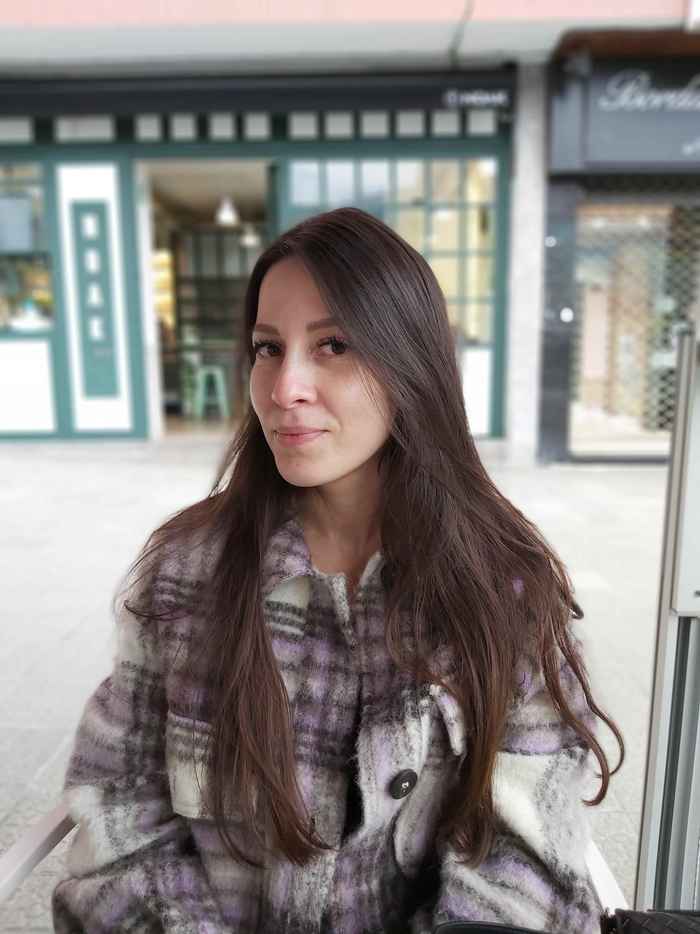Marilyn Gatica (Apr 2025 - June 2025)
Postdoctoral Research Assistant, Northeastern University London

My research
I am deeply committed to integrating research and mentorship in computational neuroscience, with a passion for inspiring others and driving advancements that enhance patients' quality of life. Over the past two years, I have focused on non-invasive neuromodulation techniques, particularly transcranial ultrasound stimulation, to improve cognition and mental health. This research requires a collaborative and multidisciplinary approach, encompassing participant recruitment, neuromodulation techniques, data preprocessing, and advanced mathematical modelling to predict and characterize stimulation effects.
IAS Fellowship
What are the functional high-order effects in the brain produced by localized changes in health and disease, such as non-invasive stimulation or a brain tumor?
Interdependencies among brain regions –which underlie function and behaviors– can be studied from either a structural or functional perspective. The former focuses typically on structural connectivity (SC), while the second considers statistical interactions (usually functional connectivity, FC). While SC is inherently pairwise, because it describes white-matter fibers projecting from one region to another, FC is not in principle limited to pairwise interdependencies. Despite this, FC analyses have predominantly concentrated on pairwise statistics, usually neglecting the possibility of higher-order (HOI) interactions–that is, interactions among more than two regions.
Indeed, recently, understanding the possible role of HOIs into health and disease has become the focus of intense work, for example in describing healthy ageing), cognition, and consciousness. However, two key questions remain unresolved:
1) When are complex methods based on HOIs more beneficial than existing methodologies in health or disease?
2) Can these quantities contribute to improving mechanistic models of pathologies?